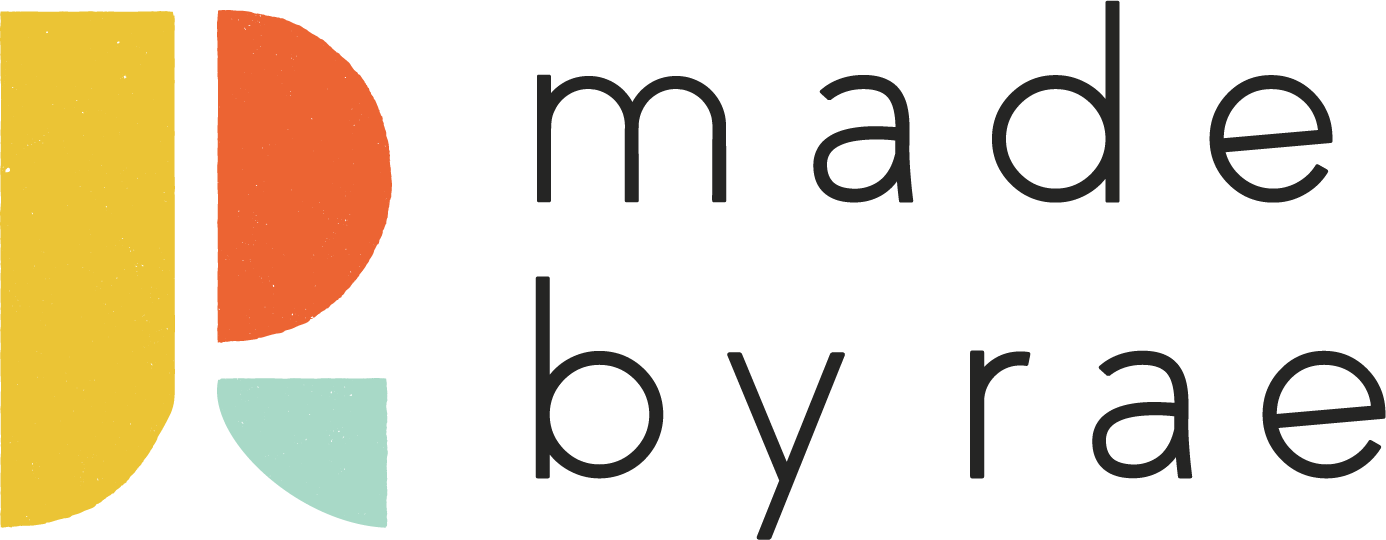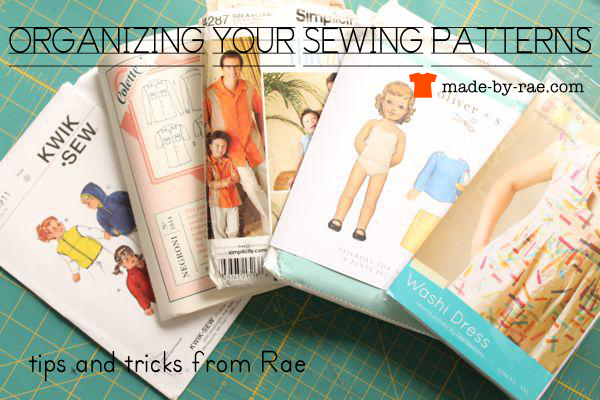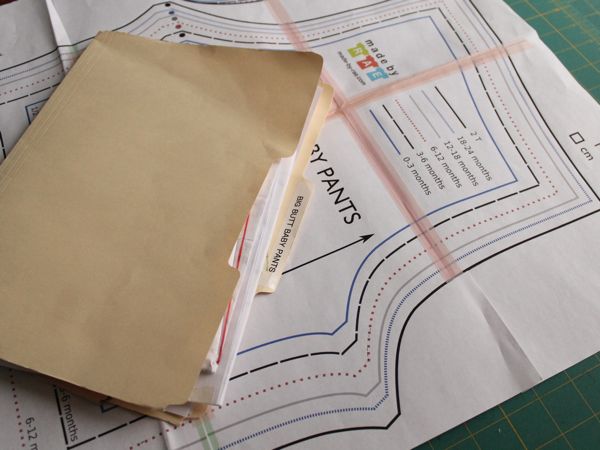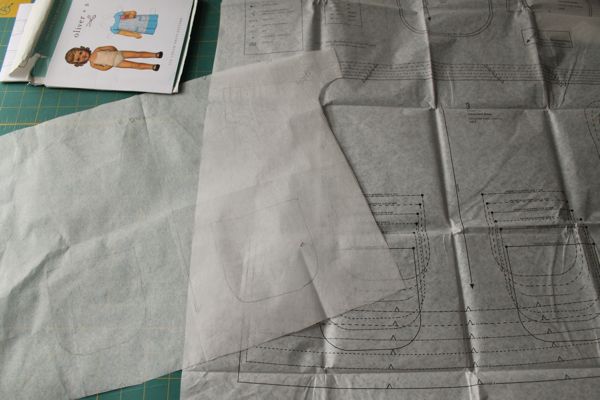Keeping my patterns organized
This post was originally part of Pink Castle's Spring Cleaning series. I'm bringing it home today -- thought you might enjoy seeing how I organize my patterns!
When you've spent as much time using sewing patterns as I do, you realize that if you don't figure out a decent pattern-organization system quick, you're going to have a problem on your hands (in the form of a very messy pile of pattern pieces). Today I'm here to share my "system" with you. Maybe you'll find it as handy as I do!
My system is pretty simple: I use file folders and a file cabinet. I label each folder with a sharpie (I used to use a label maker, as you might be able to see from the picture, but that ended up being tedious), and it goes in the file cabinet. I have two file drawers, one for my children's patterns and one for my women's patterns, which includes purses and bags. All the patterns are alphabetized by name, so they're easy to find.
I also keep a few hanging file folders on the top of the cabinet for the patterns that are currently in use. It's necessary to "weed" this one out occasionally and put the files back in the cabinet, but overall, it works great. Let me give you a few examples of how this works for me. All of the patterns I own fall into three main groups:1. First there are the digital, or PDF patterns. I'm a pattern designer, and most of the patterns I sell fall into this category. PDFs get stored in a folder on my computer, but to be useful, they have to be printed out and taped together.
When I'm done using it, I just fold up the PDF pattern, still taped together, and put it in a folder, and store it in the cabinet.
2. The second type of patterns I own is traditional print patterns in their envelopes. I've been buying these kinds of patterns all my life, so I've got a bunch. These get stored in a plastic tub, but the file folder system works for these, too, as I'll explain shortly.
3. Finally, there are patterns from books and magazines. These have big pattern pages in the back with all the pieces nested or overlapping each other. I use the file folder system for these types of patterns, too.
The thing all of these patterns have in common is that when I want to use them, instead of cutting them apart, I trace them. Whenever I want to sew something from a pattern, I first make a tracing of the pattern pieces so that I don't have to cut into the original pattern sheets or print-outs. Not only does this save me a huge amount of paper and ink with PDFs; it also keeps my pattern sheets from books or envelopes in great shape. Whenever I need a pattern piece, I take it out and trace the size I need. Where do the tracings go? You guessed it: into folders in the file cabinet!
I make all of my tracings from Swedish tracing paper, which is sort of like a non-fusible lightweight interfacing in that you can cut it, you can sew on it (think tissue fittings without the danger of ripping), AND you can press it! It's transparent, so it's really easy to trace a pattern outline in the size you need. Swedish tracing paper makes really nice lightweight pattern pieces that are easy to fold and store in my file folders, and if they get wrinkled, I can just press them flat again with my iron in a split second. (Three places you can find it: WAWAK, Organic Cotton Plus, and Amazon).
Whenever I need a pattern piece from ANY of my patterns, I trace the size I need from the original pattern with Swedish tracing paper. It's really important to label the traced pattern with the size and name, because after a while those tracings all start to look the same. The tracings get put in a file folder, labeled with the name of the pattern, and put in the cabinet.
When I want to use a pattern from a pattern book? I trace the size I want from the pattern sheet, then fold up the tracings and put them in a folder in my cabinet. I store the pattern sheet in the back of the book it belongs to on a bookshelf.
And when I use my traditional print patterns, I trace them, too (why destroy those nice tissue sheets when they can be reused for other sizes?). Those tracings? You guessed it, they go in the file folders, too.
And that's really it! Questions? I'd be happy to answer them in comments.













